The Winter Olympics are underway in Sochi, and, like the rest of the world, we are watching in amazement! Not only are we Wow’d by the athletes’ skill and amazing stunts, we also are moved by their inspiring personal stories.
Events like the Olympics wouldn’t be what they are without a healthy dose of emotion. Sponsor brands like Procter & Gamble know this, and they’ve tugged our heartstrings many times with their sniffle-inducing “Thank You, Mom” ads.
It’s a perfect example of the power of emotional connections, and it’s something we look for in every project. Emotional ties are abundant in sports. But you can create an emotional connection even if your company or product involves something a little (or a lot) less moving. We’ve done it for clients ranging from oral health product makers to software developers and builders of construction equipment. Here are a few tips.
Tap into the why. What does your audience enjoy about their profession? Why did they become a dentist or an accountant or a dermatologist? Are they making a difference in peoples’ lives, even if it might not be readily obvious? What are they passionate about? What makes them feel they’ve done a great job?
Make them heroes. How can your product or service help your audience succeed in their mission—and not just succeed, but really make an impact? Can you follow the ripples to show how their contribution becomes part of a bigger, more impressive and moving result? How can you help them solve the problems of their patients, their clients or their companies? In what ways can they touch and improve peoples’ lives?
Tell a tale. Instead of relating a bunch of dry facts, wrap your message in a story. Case studies featuring real people are great. Or, create a composite story to illustrate an ideal outcome. Pretend you’re writing a children’s book. Can you use metaphors or fun examples to bring the experience to life?
Engage all of their feels. Remember, there are a ton of other emotions besides those that make us reach for our hankies. People love to laugh. They’re moved to action by fear or the desire to best a competitor. They enjoy being surprised and delighted. Use humor. Inject an element of competition. Show what could happen without your solution, and don’t be afraid to get dramatic.
How do you know you’re effectively engaging your audience’s emotions? If you’re at a live event, it will show on their faces. Are expressions blank? Then you’re not reaching them. Look for empathy, laughter, looks of determination and nods of understanding. And always keep your eye on the prize: if people walk away remembering how you made them feel, chances are good they also will remember you.

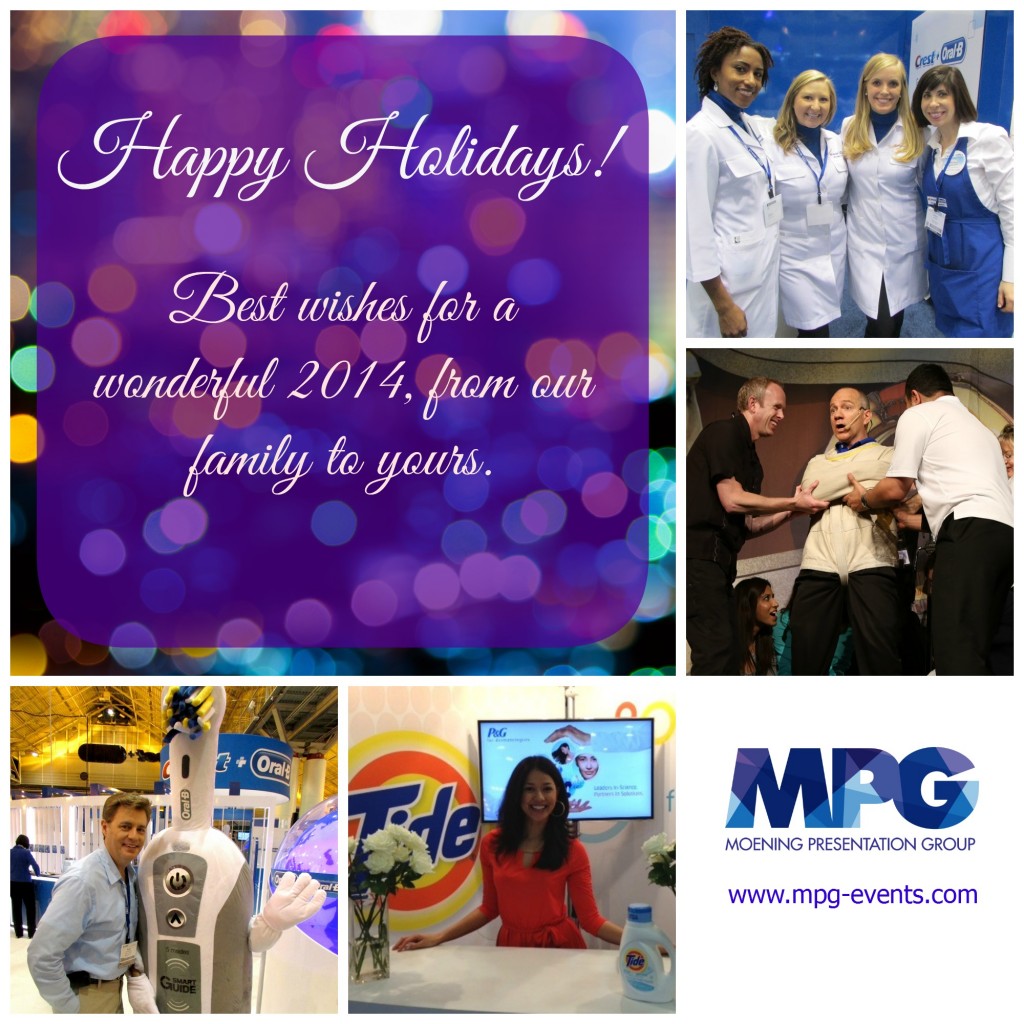
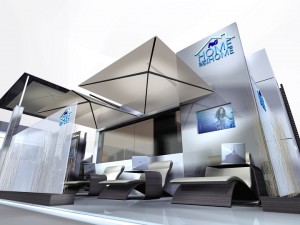
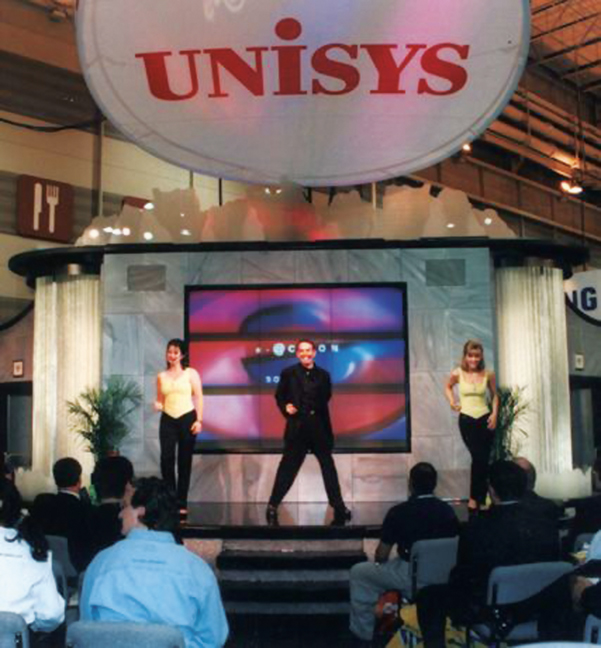
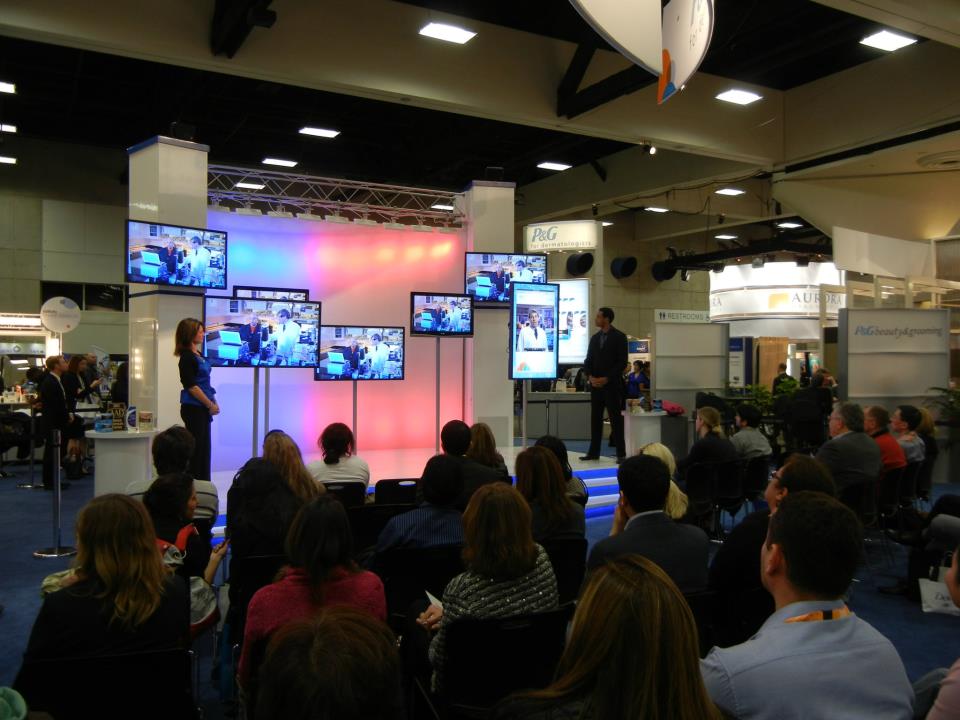
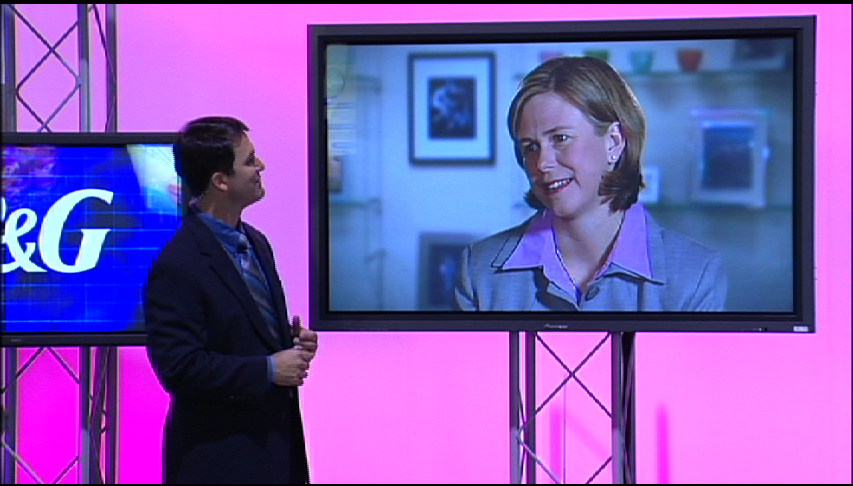

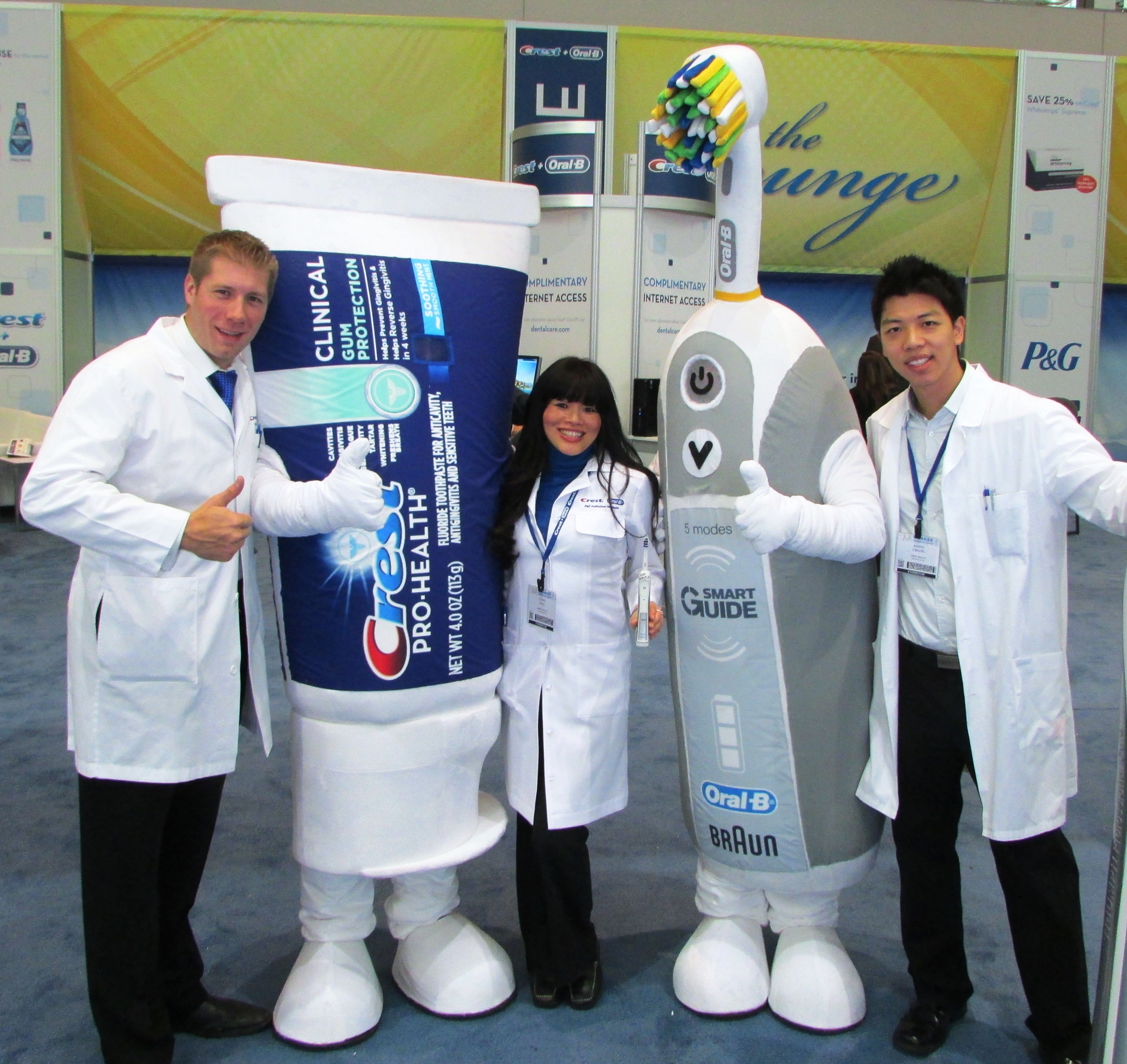
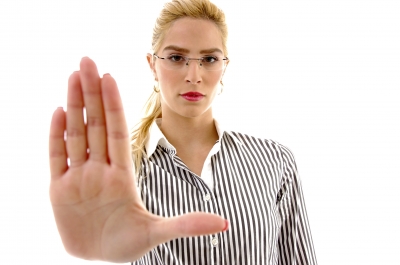
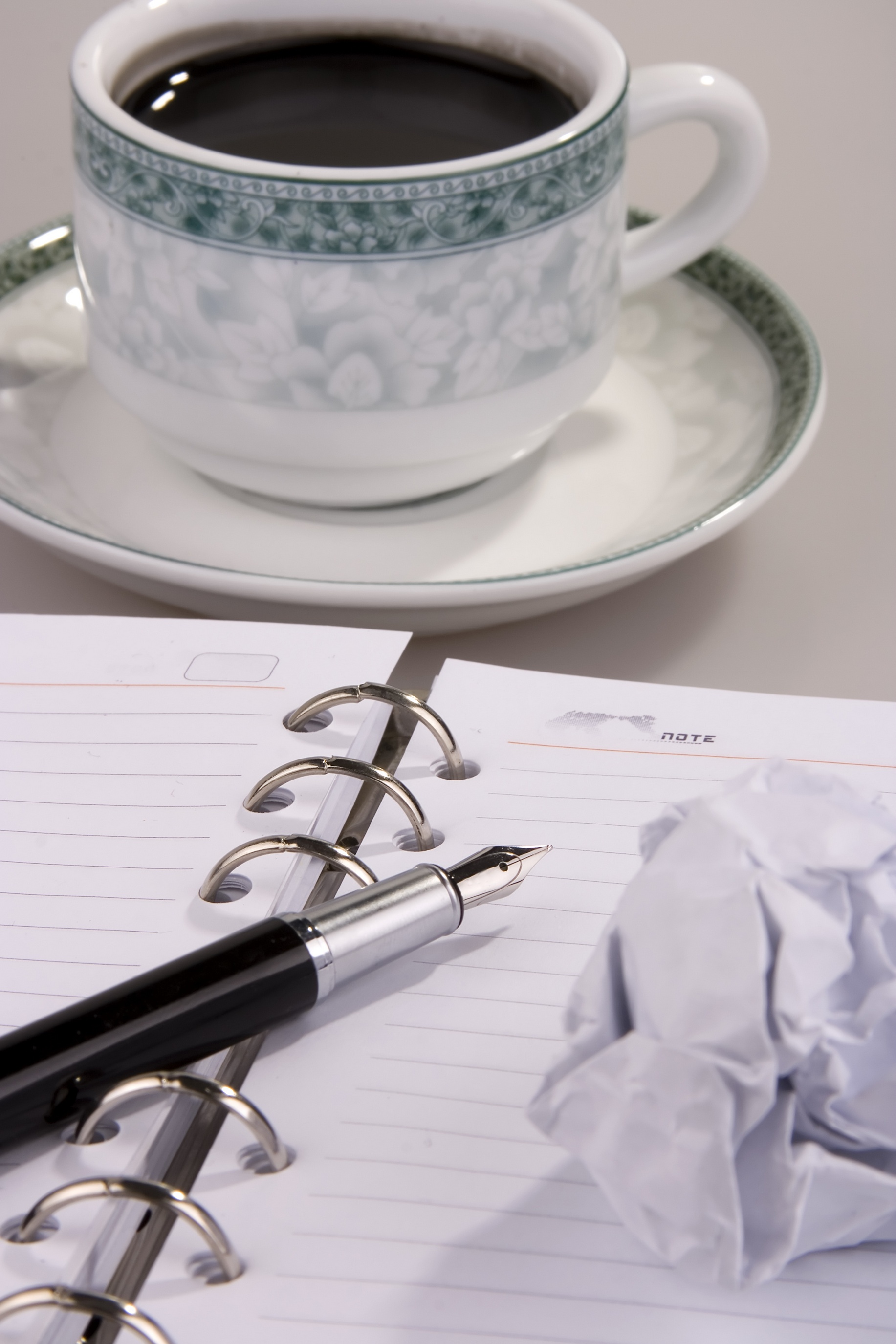
![800px-Osaka07_D8M_M110MH_Decathlon_Scene By Eckhard Pecher (Arcimboldo) (Own work) [CC-BY-2.5 (http://creativecommons.org/licenses/by/2.5)], via Wikimedia Commons](https://mpg-events.com/wp-content/uploads/2012/08/800px-osaka07_d8m_m110mh_decathlon_scene.jpg?w=300)









